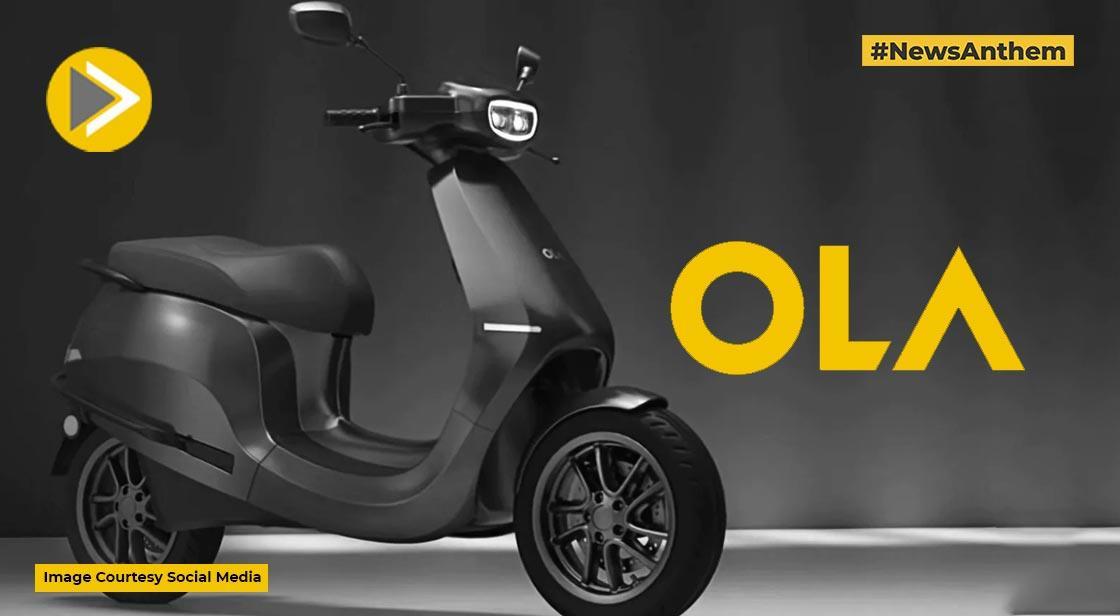Ola Electric Targets EBITDA Breakeven in Q1FY26 After Cost Reduction Drive

News Synopsis
On March 12, Ola Electric Mobility Ltd revealed that it has successfully wrapped up its company-wide cost-cutting initiative, the ‘Network Transformation and Opex Reduction Programme.’ This strategic effort aims to set the stage for its automotive segment to achieve EBITDA breakeven in the first quarter of FY26 (Q1FY26).
The initiative, which was launched in November 2024, aimed to reduce operational costs and enhance customer experience. The company confirmed in a stock exchange filing:
“The company has successfully finished implementation of its Network Transformation and Opex Reduction Program, a Company-wide initiative launched in November 2024 with an aim to reduce cost and improve customer experience.”
According to Ola Electric, the cost-cutting measures have resulted in savings of ₹90 crore per month, with the full financial impact of these changes expected to be reflected from April 2025 onwards.
Ola Electric Operational Restructuring and Layoffs
This announcement follows a series of internal restructuring efforts by Ola Electric, which included the layoff of around 1,000 employees across sales, distribution, and marketing departments. This move came after a similar downsizing in November 2024, which affected at least 500 employees.
As part of its distribution network transformation, the company has implemented significant changes, such as:
✅ Shutting down regional warehouses to streamline logistics.
✅ Shipping vehicles, spare parts, and accessories directly from factories to stores.
✅ Automating registration and other processes for better efficiency.
✅ Optimizing the sales and service network to improve productivity.
Ola Electric highlighted the positive impact of these changes, stating:
“In addition to cost savings, these changes have resulted in reducing average vehicle inventory from approximately 35 to 20 days, and reducing delivery time for customers from 12 days to 3-4 days.”
Ola Electric Stock Performance and Market Reaction
Despite the company’s ambitious restructuring and cost-cutting measures, Ola Electric’s shares on the BSE saw a 1% decline, trading at ₹51.41 apiece at 11:45 PM on March 12.
However, the company remains confident in its ability to achieve operational excellence, financial discipline, and long-term profitability.
Ola Electric further stated:
“With all elements of the Network Transformation and Opex Reduction Program implemented, the Company has delivered on its commitment to operational excellence, and enhanced financial discipline and customer experience. These structural improvements position the company for strong long-term profitable growth and the company expects to achieve Automotive segment EBITDA breakeven in Q1FY26.”
Ola Electric Vehicle Registration Process and Sales Growth
The company also revamped its vehicle registration process, which is now in its final stages of implementation. As a result, daily registrations have improved significantly, reaching over 800 per day and surpassing the average daily sales recorded in January and February 2025.
This improvement indicates increasing demand for Ola Electric’s EV scooters and two-wheelers, despite earlier concerns about layoffs and operational restructuring.
Ola Electric Financial Performance: Widening Losses in Q3FY25
While Ola Electric is making significant efforts toward cost optimization and profitability, its December quarter (Q3FY25) results, announced on February 7, painted a challenging picture.
📉 Net Loss:
-
₹564 crore in Q3FY25, compared to ₹376 crore in the same quarter last year.
📉 Revenue Decline:
-
Revenue dropped 19.4% year-on-year to ₹1,045 crore.
The company's revenue decline reflects broader challenges in the Indian EV market, where factors such as government policy changes, high taxation, and charging infrastructure constraints continue to impact demand.
Future Outlook: Can Ola Electric Achieve Profitability?
With ₹90 crore in monthly cost savings, a streamlined distribution model, and faster delivery times, Ola Electric is betting on long-term sustainable growth and expects to achieve breakeven in Q1FY26.
However, factors such as:
-
Macroeconomic conditions
-
Consumer adoption of EVs
-
Competition from other electric two-wheeler brands like Ather Energy, TVS iQube, and Bajaj Chetak
will play a crucial role in determining whether Ola Electric can successfully turn around its financials.
As the company moves forward with its cost-efficient and consumer-centric strategy, investors and market analysts will closely watch whether these operational improvements translate into profitability for India’s leading EV maker.









